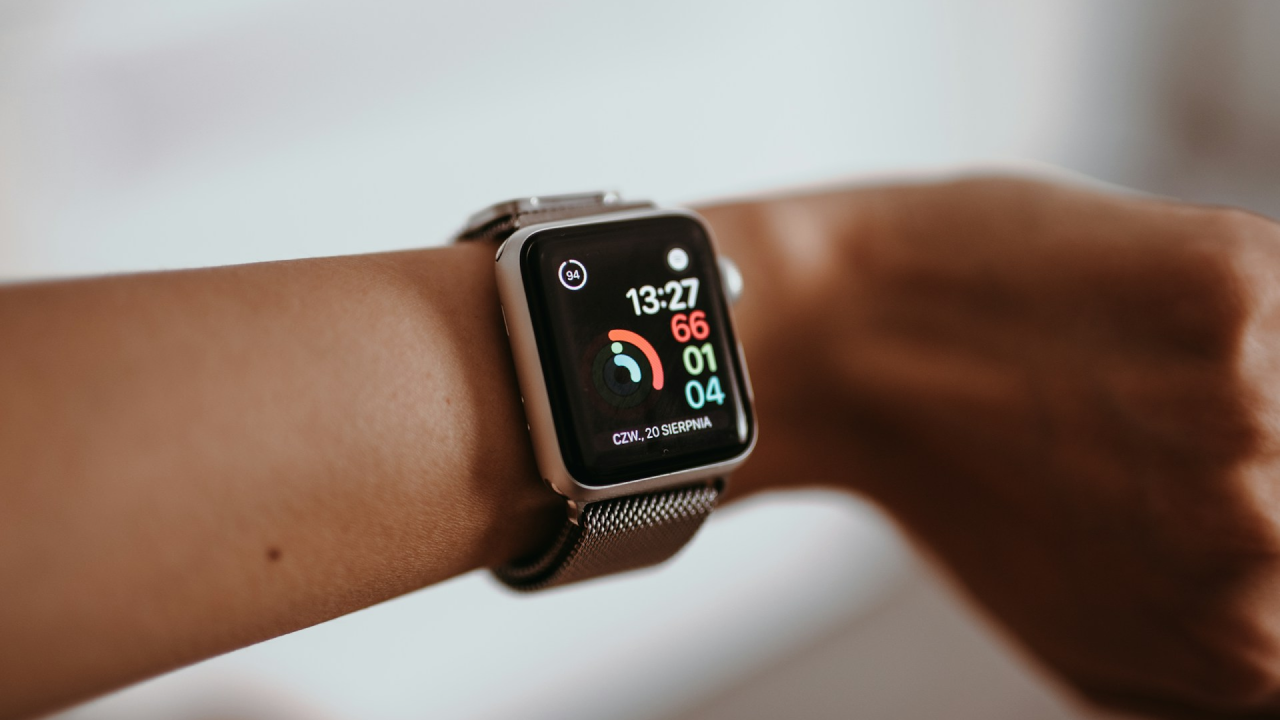While the Apple Watch offers advanced health monitoring features like heart rate tracking, ECG, and blood oxygen measurements, it cannot measure blood pressure directly. Blood pressure monitoring requires a cuff-based system, which the Apple Watch lacks. However, you can pair your Apple Watch with compatible third-party blood pressure monitors for seamless tracking.
Best Apple Watch-Compatible Blood Pressure Monitors
Here are some top devices that sync with the Apple Watch to help you monitor your blood pressure:
iHealth Feel Wireless Blood Pressure Monitor
- Connects via Bluetooth to Apple Watch and iPhone.
- Stores up to 200 offline measurements.
- Alerts you if readings are outside the normal range.
Omron Evolv Wireless Blood Pressure Monitor
- Delivers clinically accurate results.
- Syncs data with Apple Watch through the Omron Connect app.
- Compact and user-friendly.
QardioArm Smart Blood Pressure Monitor
- Detects irregular heartbeats and logs location-based records.
- Allows instant measurements via the Qardio app on Apple Watch.
- Automatically saves data to the iPhone Health app.
How to Measure Blood Pressure with Apple Watch?
Follow these steps to measure blood pressure using the QardioArm as an example:
- Position the Cuff: Wear the QardioArm on your left arm and adjust the cuff properly.
- Open the App: Launch the Qardio app on your Apple Watch and tap Start.
- Take the Measurement: The cuff will inflate automatically and record your blood pressure.
- View Results: The readings will appear on your Apple Watch and sync to the Health app.
- Track Trends: Check your measurement history on the Apple Watch and set reminders for regular checks.
Why Monitor Blood Pressure at Home?
- Track Daily Variations: Identify patterns and provide detailed data to your doctor.
- Assess Lifestyle Impact: Observe how diet, stress, and medications affect your readings.
- Avoid Misdiagnosis: Prevent “white coat hypertension” (elevated readings due to doctor visits).
Final Thoughts
Although the Apple Watch doesn’t measure blood pressure on its own, pairing it with a compatible smart monitor (like iHealth, Omron, or QardioArm) makes tracking easier. Regular monitoring helps manage hypertension and overall heart health—but always consult a doctor if you notice abnormal readings.
Note: Home monitoring supplements but does not replace professional medical advice.
